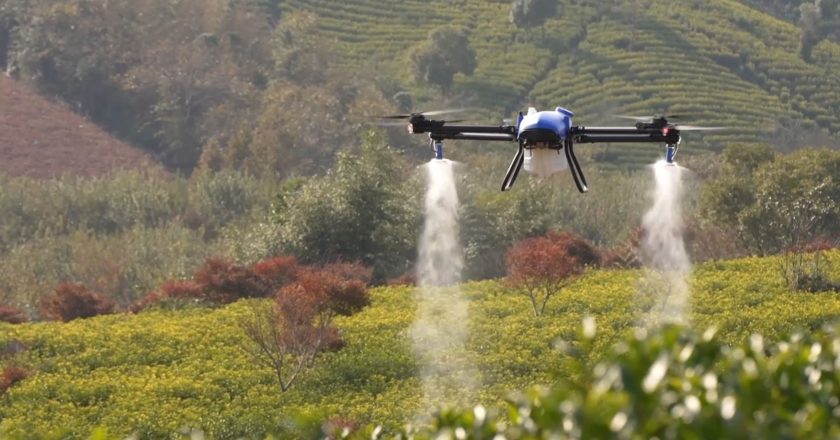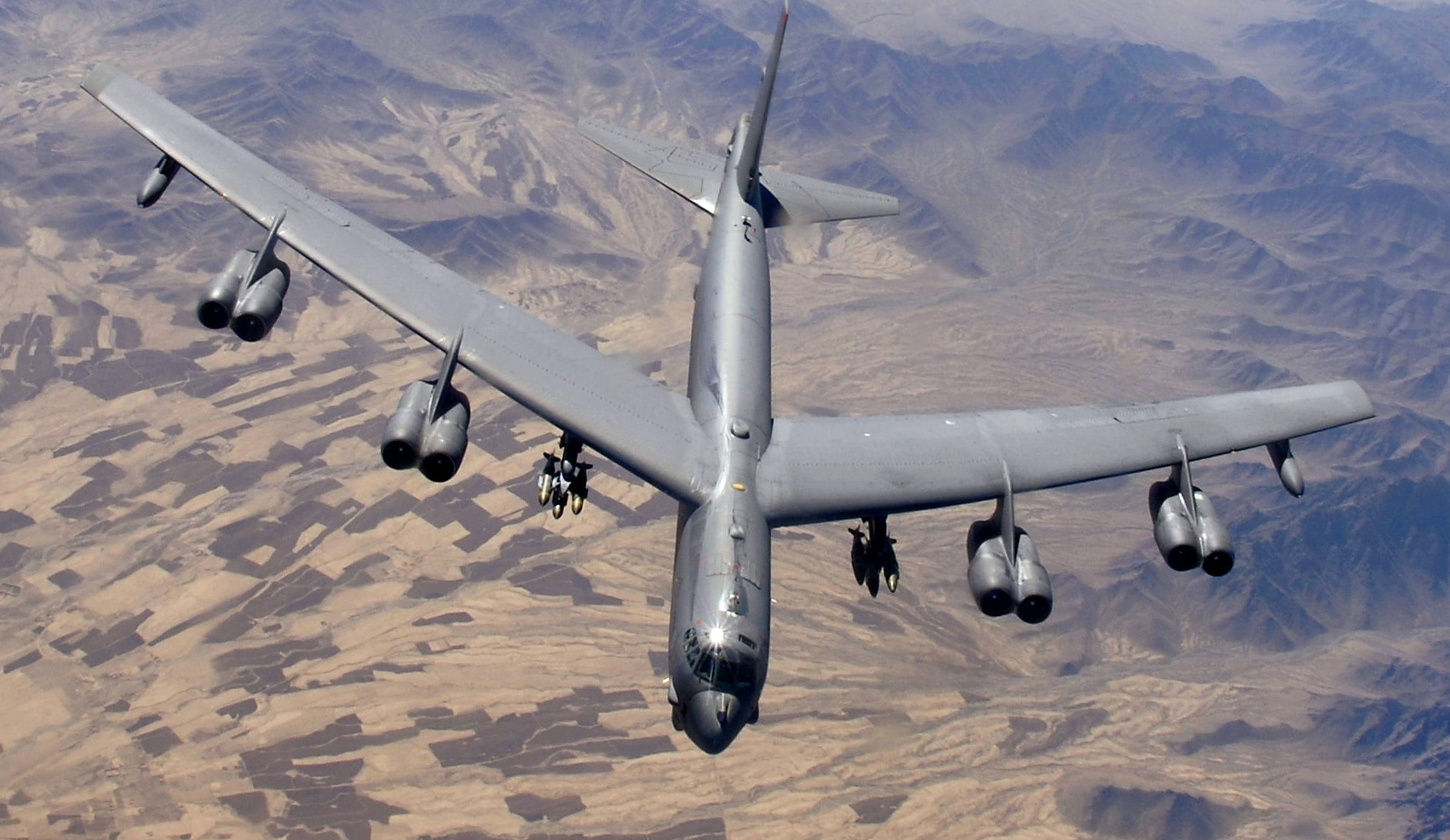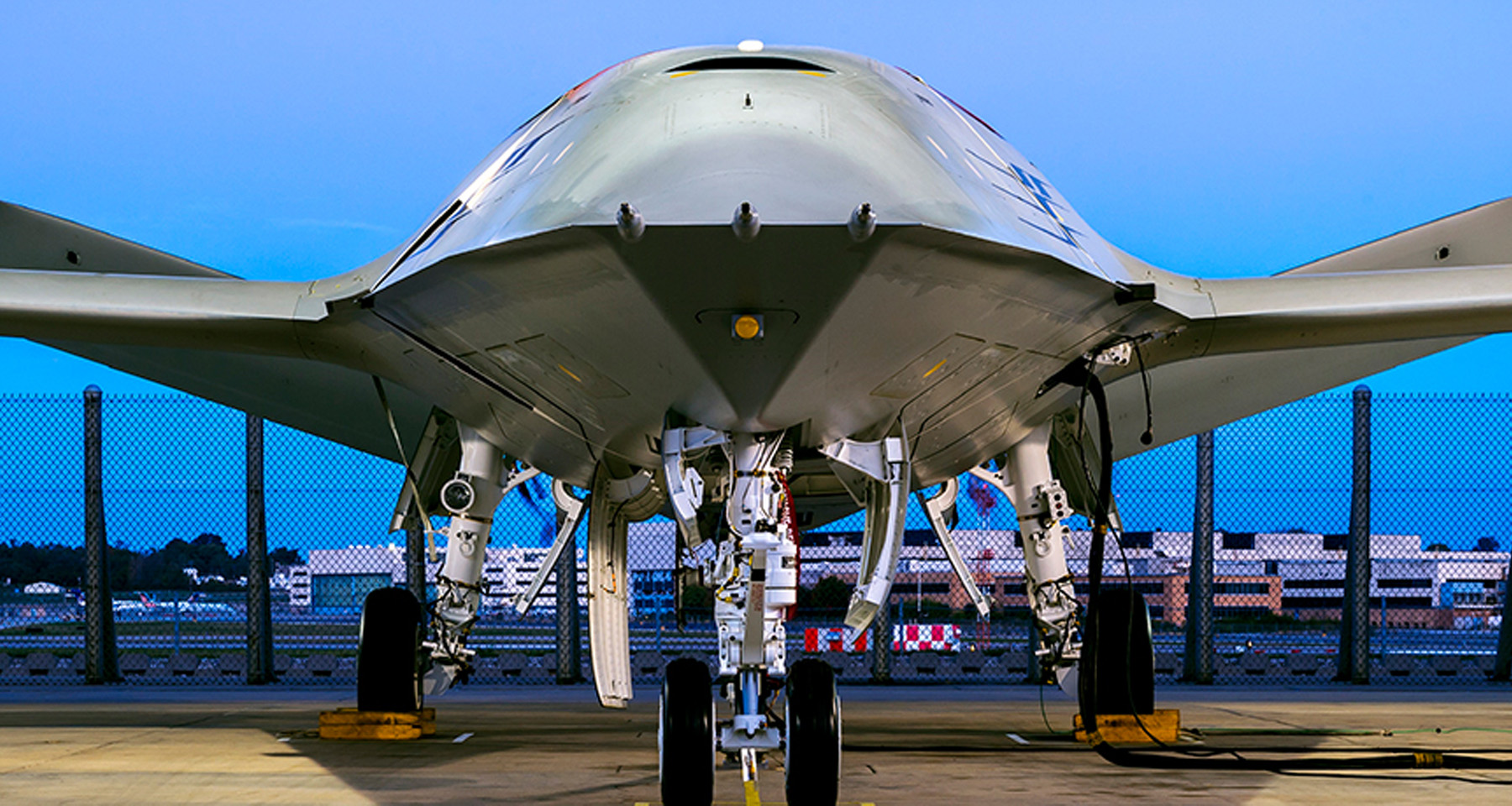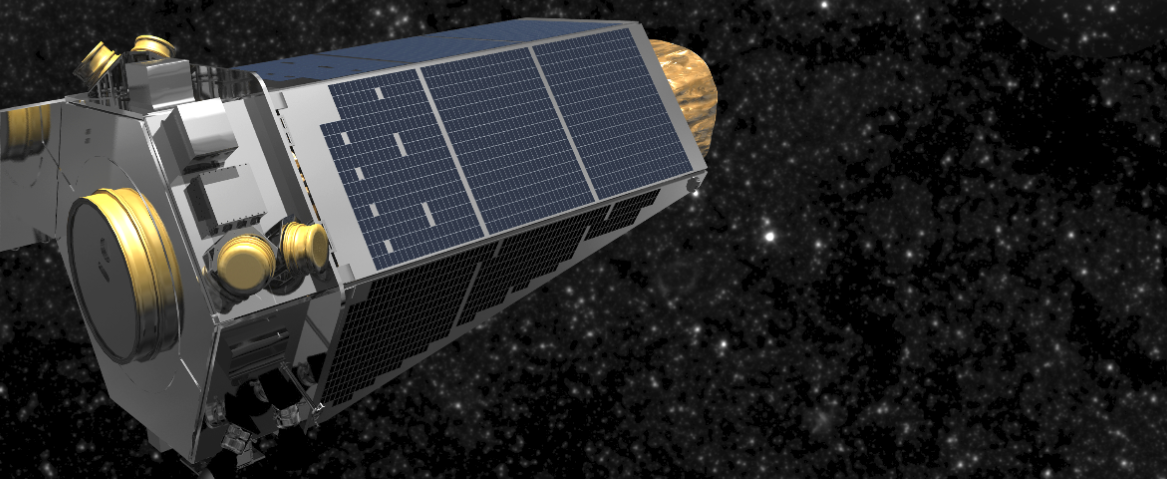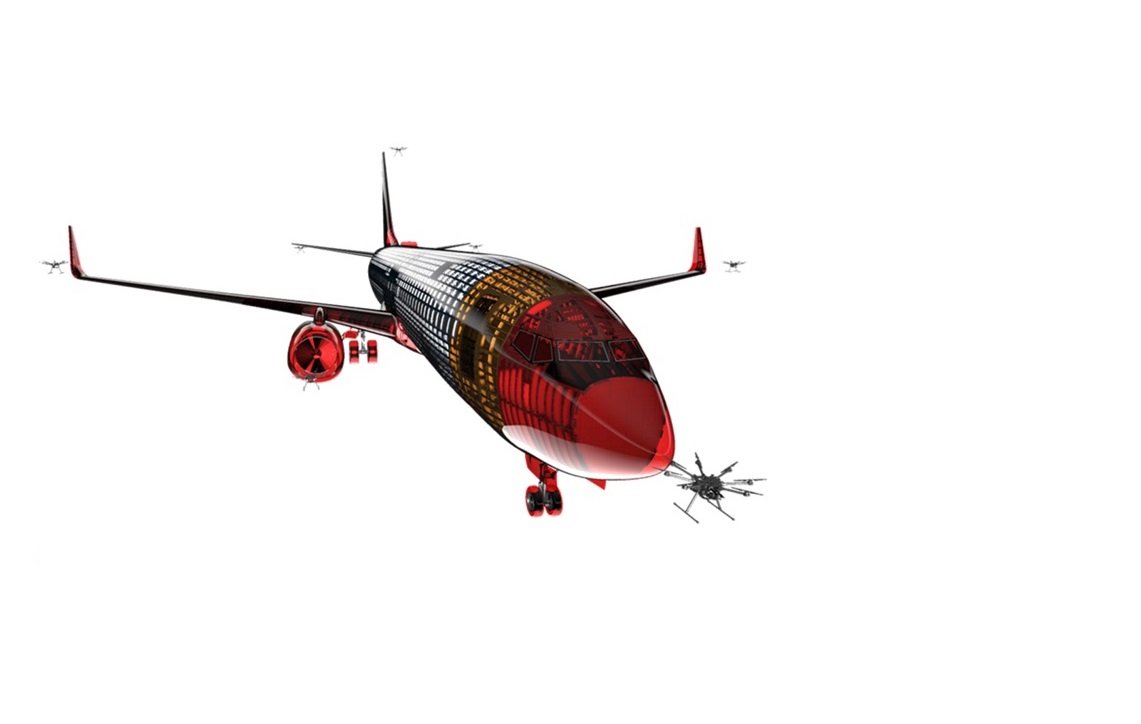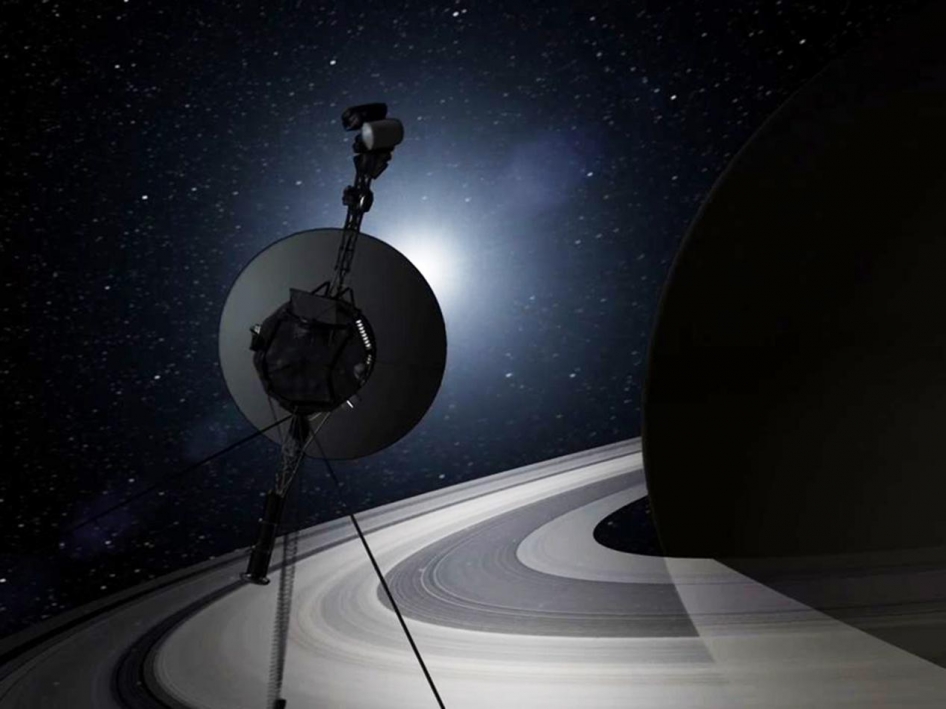Higher, Faster, Further
The history of Aéro-Club de France
Authors: Marcos Talocchi and Tuomas Simula, Editors Leonardo Times
The 14-bis of Santos-Dumont in flight.
The Aéro-Club de France was one of the first aeronautical associations in the world, having been founded over a hundred years ago. We explore its history and contributions to aviation, while diving deeper into the life of one of its founding members.
CREATION OF THE CLUB
Near the end of the 19th century, there were first hints of aviation becoming a feasible means of transport. The first powered and controllable airships were developed, and the first heavier-than-air flights were done using gliders. In Paris, a collective of inventors, industrialists and early aviation enthusiasts saw the need for an organization developing and promoti...



